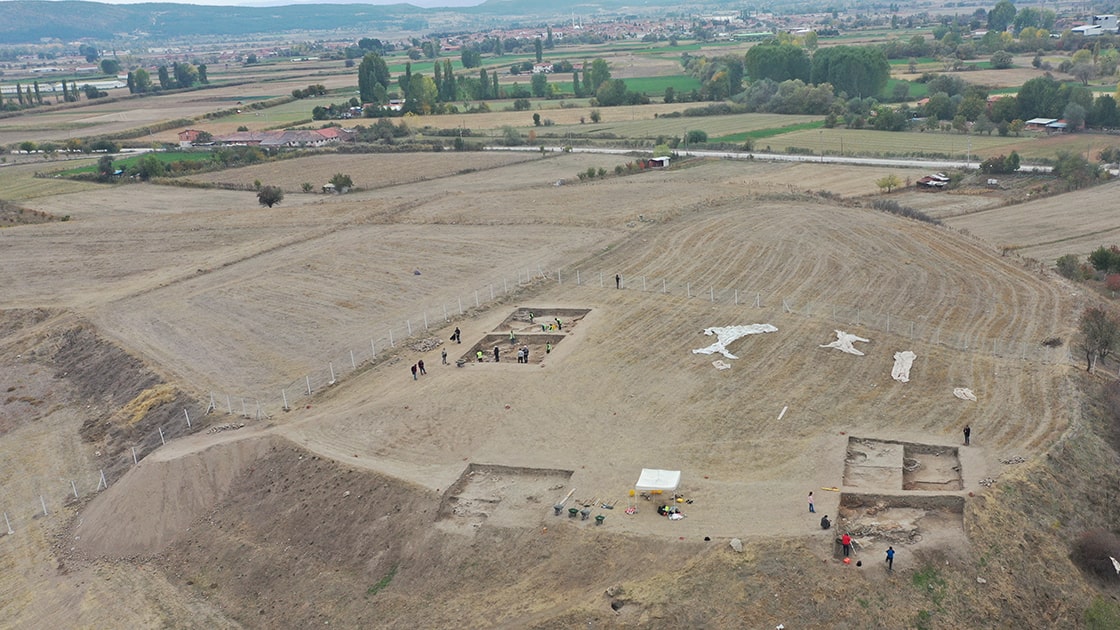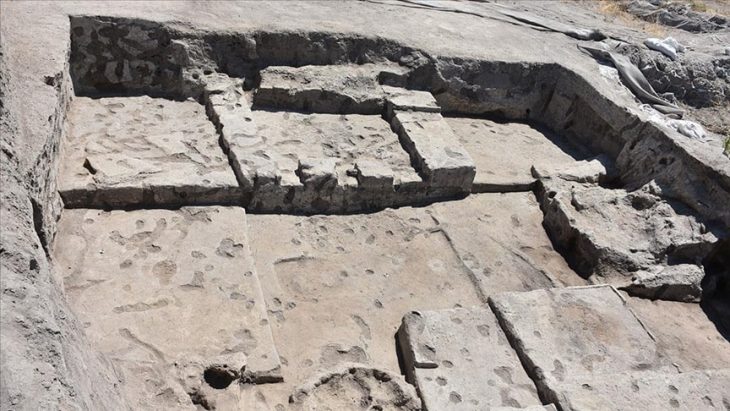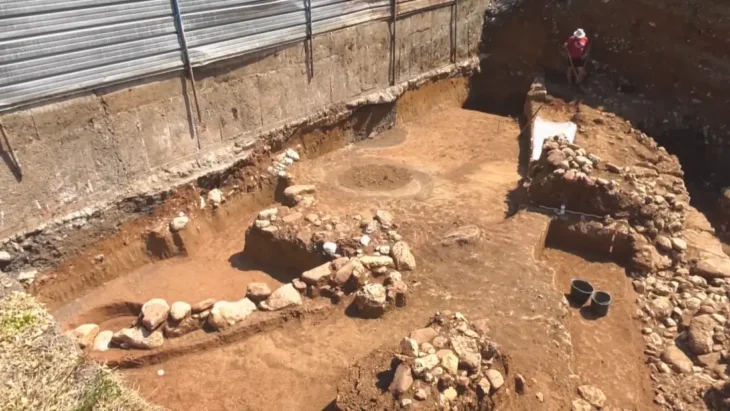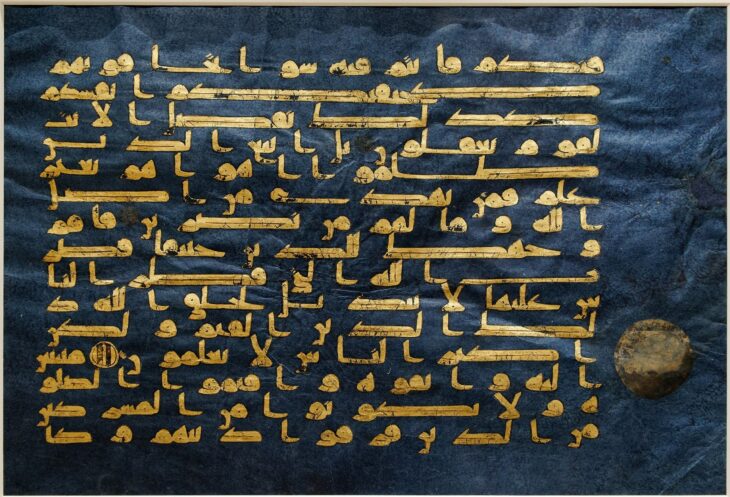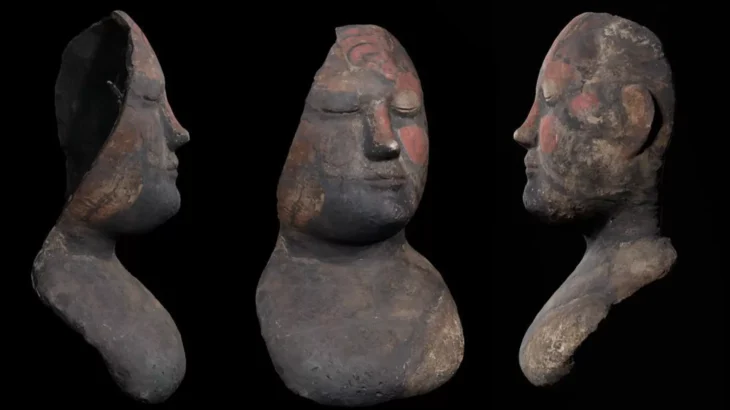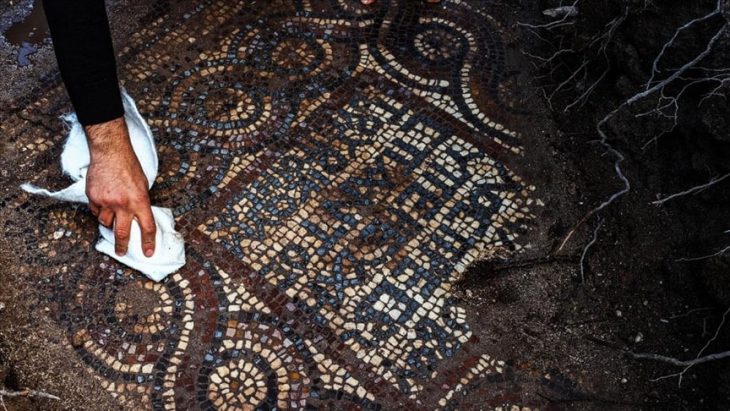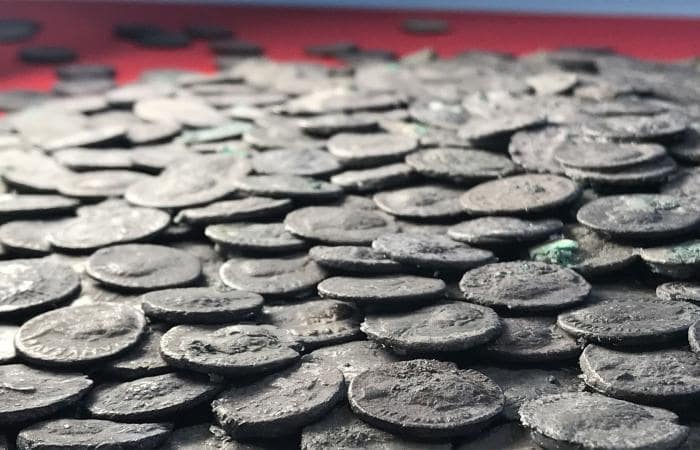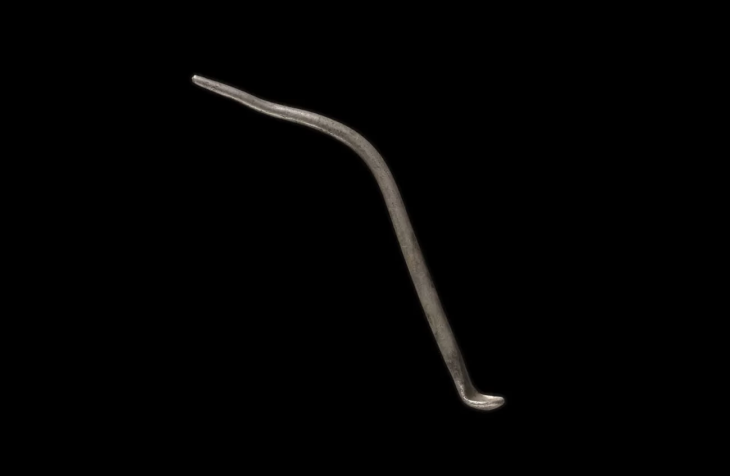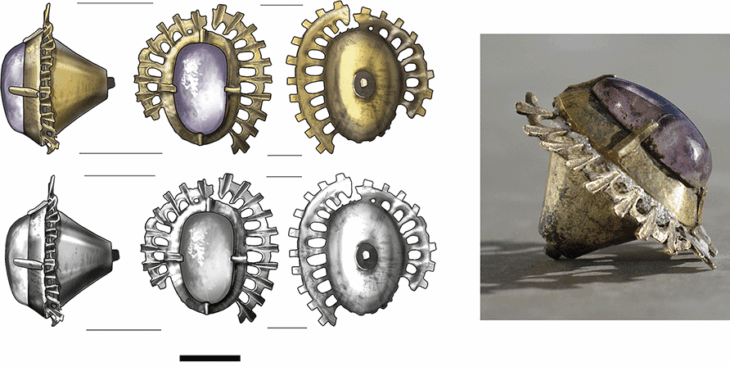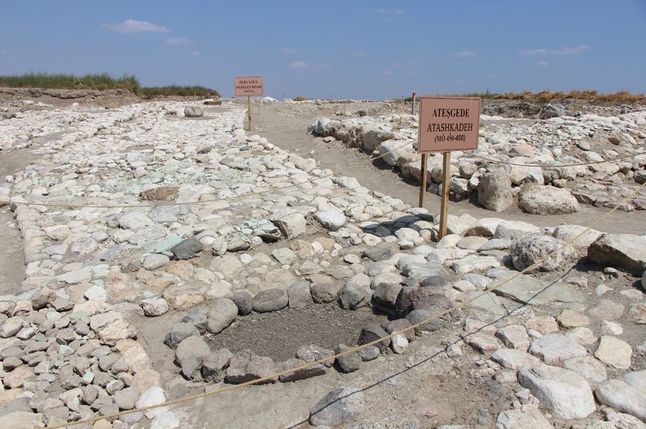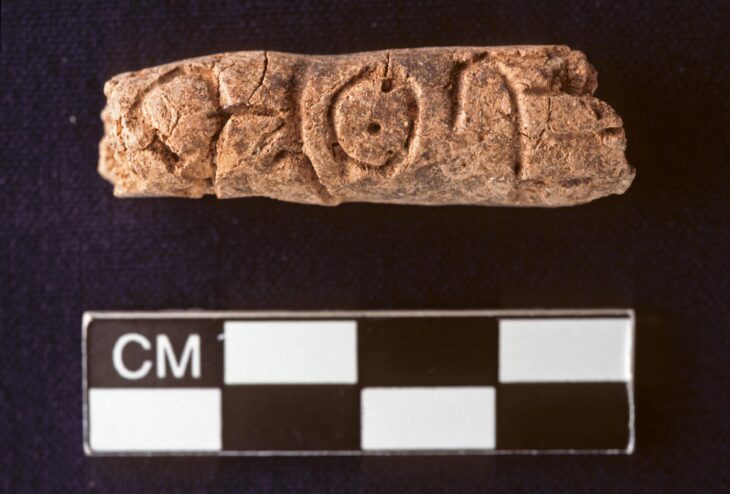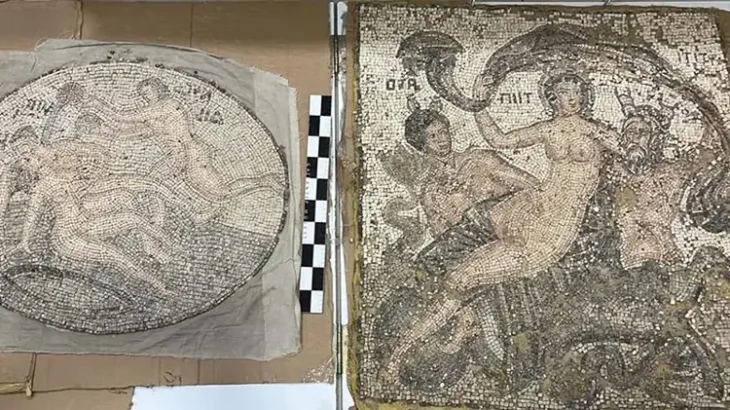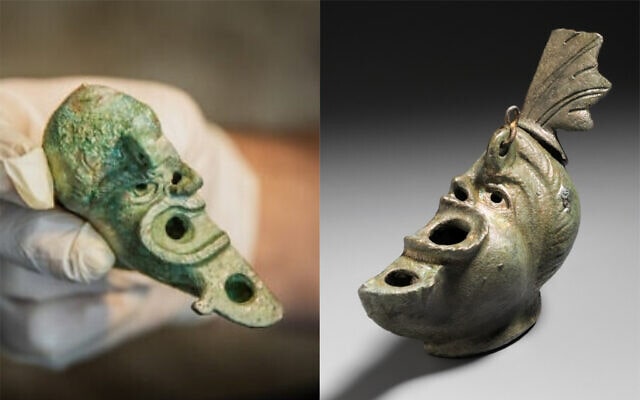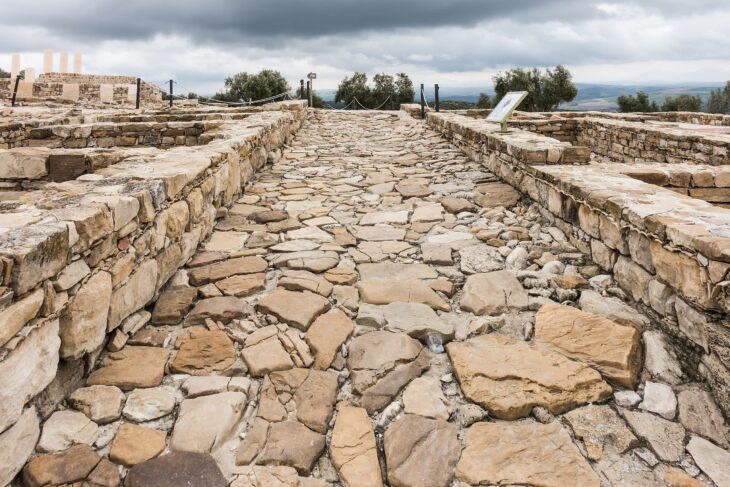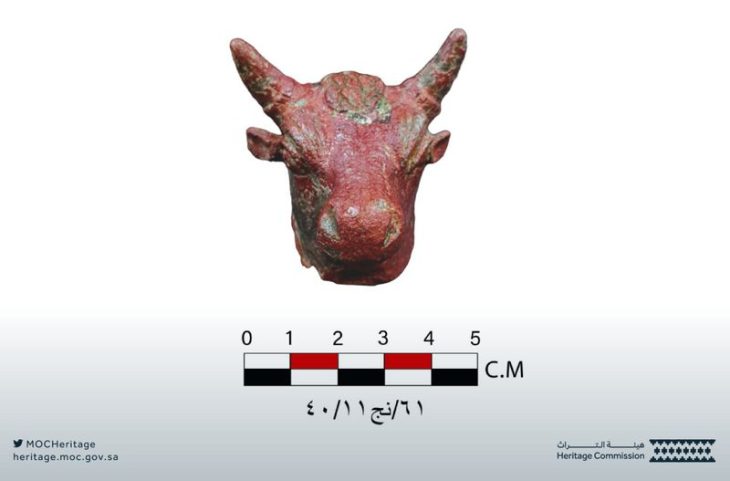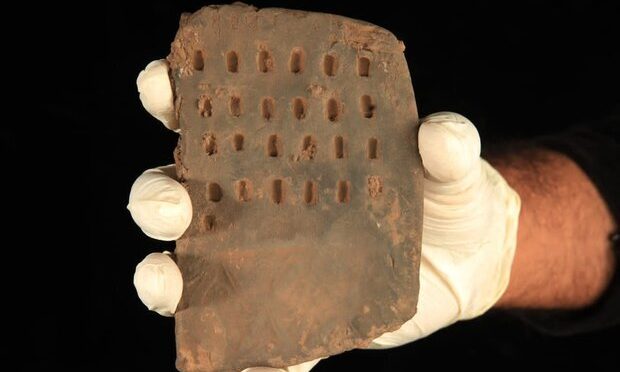Excavations at Tavşanlı mound, which is known to be the first settlement in Western Anatolia during the Bronze Age, continue. The latest excavation results show that the Tavşanlı Mound settlement was a center on the trade route established between Anatolia and Mesopotamia.
In the excavations of Tavşanlı Höyük, which hosts findings about the 8,000-year-old history of Kütahya, it was revealed that Western Anatolia was the center of mining and textile trade.
Bilecik Şeyh Edebali University Archeology Department academic member Assoc. Dr. Erkan Fidan told Anadolu Agency about the latest data on the mound.
“The first findings indicate that the region was a production and trade center 4,000 years ago. We have a settlement that is very related to both the west and the east. When this is the case, we think that there is a trade-related focal point located in the center of the settlement. We are continuing our research on whether Tavşanlı Höyük may be the missing link of organized trade, especially between Central Anatolia and Mesopotamia, or another trade center in Western Anatolia.”
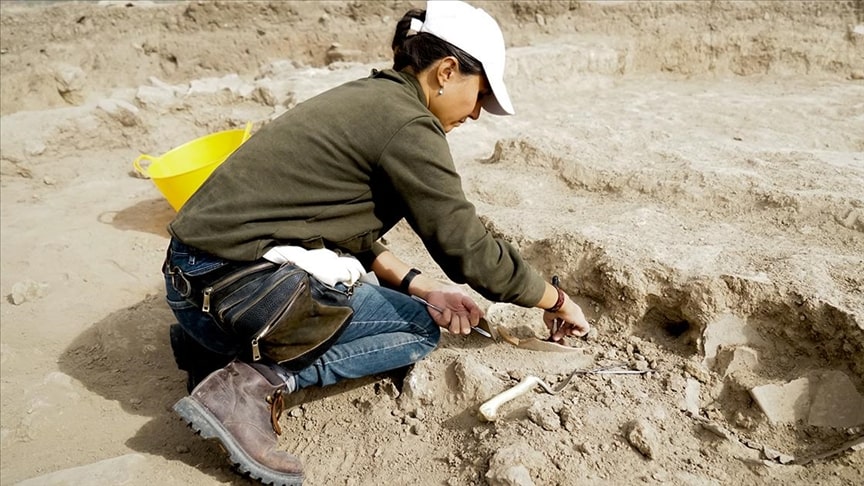
Raw material warehouse of Tavşanlı period
Fidan explained that Kütahya is rich in mineral and raw material resources and that they obtained findings showing industrialized mass production in the ancient period.
📣 Our WhatsApp channel is now LIVE! Stay up-to-date with the latest news and updates, just click here to follow us on WhatsApp and never miss a thing!!
“The Kütahya region is very rich in terms of mineral deposits, raw material resources, and underground resources. We know that there are copper and silver deposits. In this sense, we think that Kütahya and Tavşanlı surroundings are also used as raw material sources in this trade network. In the excavations we made here, we have unearthed dozens of tools related to both ceramic, metal, and textile. This shows that this area is crowded in terms of population and the first excavation results tell us that an important production has been made.”
Fidan stated that they found that most of the mound was burned during the excavations.
Traces of the Luwian people may be found
Stating that they will find more findings as the studies progress, Fidan said, “I can say that we have a lot of finds, especially since we came across fire layers. I can say that ceramic products in various forms produced by people and metal works and the tools in their making are very often seen. By means of the tools we found here, we can say that not only people use them in their daily lives, but also industrialized mass production in general,” used the phrases.
Fidan added that traces of the people known as “Luwians”, who was known to have lived in the region during the said period, can be reached in the mound.

